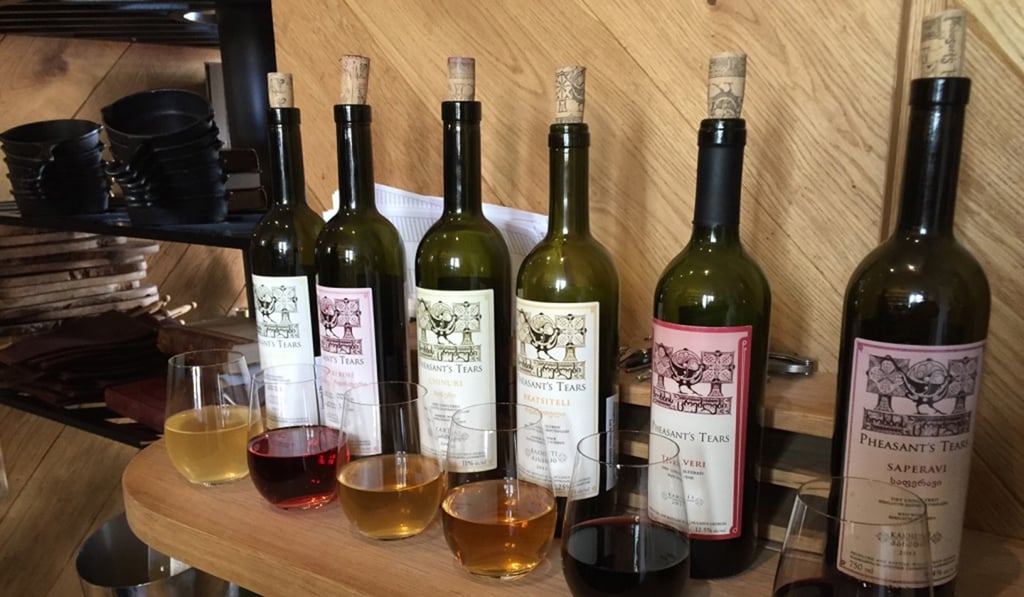Georgia’s 8,000-year wine history and natural wine revolution: sample rare organic wines from the birthplace of viticulture
Georgia is a wine lover’s dream destination, with 525 grape varietals and millennia of viticultural experience. With Soviet restrictions gone, the country using its grapes and traditional organic methods to make some unique wines


To take advantage of the regional variations, Pheasant’s Tears operates seven small vineyards across a nation half the size of Fujian province. Some of the grapes are harvested during the August heat. Other lowland varietals are plucked during the first frosts of December. Compare that to Bordeaux, where most grapes – and they use only three main varieties – are collected during a single week in October.
It wasn’t always thus. During Soviet occupation, only four grape varieties were planted to create homogenised wines for the Russian market. Fortunately, Georgia’s mountainous terrain made this policy impossible to police. A sheer lack of investment kept soils fertiliser-free. Now Georgian winemaking traditions are emerging just as the market is turning to timeless, natural and organic products.,

The resulting wines are thereunsullied and unoaked, and “speak Georgian” at every turn.
We ascend to the Pheasant’s Tears rooftop for a panoramic degustation. First up is a 2017 Bakurtsikhe Rkatsiteli, normally a white wine, but in this case, turned pink by six months of skin contact. It comes from vines that are tilled on horseback to ensure that no tractor fumes pollute the grapes.